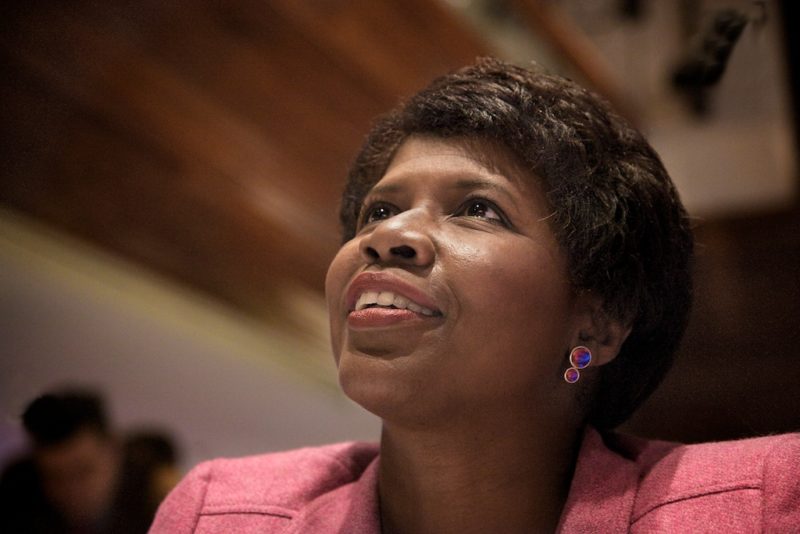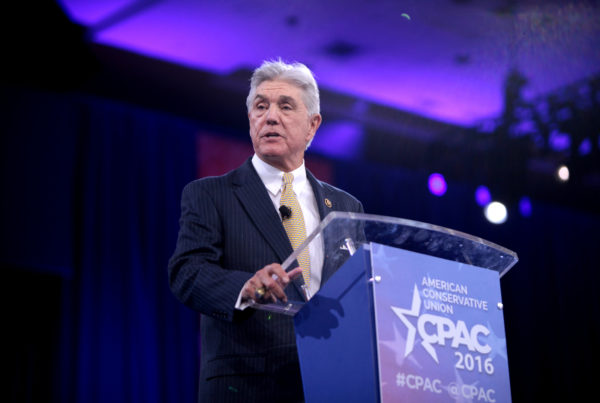When word of Gwen Ifill’s death broke Monday afternoon, friends and admirers eulogized her work as a steady, reliable, graceful force in a medium which isn’t always celebrated for such qualities. As co-anchor of PBS NewsHour, Ifill was a presence in the living rooms and hearts of many of our listeners.
In an interview in 2015, she revealed that as a youngster, she revered a certain Texan – not a fellow journalist, but a politician.
“Imagine watching a convention when Barbara Jordan gets up and speaks, and you’re a little black girl at home who sees nothing like this on television,” Ifill said. “It blows your mind. Where else was I gonna see that voice, hear that voice?”
Ifill said she couldn’t pass through the Austin airport without paying homage to the bronze statue of Barbara Jordan in baggage claim.
“I just greet her every time, because she was amazing,” Ifill said. “There were black women out there speaking their truth in an environment where it wasn’t generally welcome.”
Ifill’s role on television sometimes overshadows the fact that she got her start in print journalism, where she went on to write about politics for the Washington Post and the New York Times.
Kathleen McElroy, a former New York Times A1 editor and current associate director at the University of Texas at Austin, says she was at first surprised of Ifill’s passing. But going back through Times colleagues’ social media posts, McElroy says she can now see the timeline of Ifill’s illness.
“Our former editors talked about her eloquently – and this is a sign of the type of woman she was,” McElroy says. “Chemotherapy on Thursday, working on Friday, collapsing on the weekend and then starting the cycle back again on Monday. … A tireless worker, but one of those people who would never let you know.”
McElroy started at the New York Times in 1991 as one of the few black women working on the sports desk. She says she wouldn’t see Ifill – since McElroy was is New York and Ifill was in Washington, D.C. – but she felt Ifill’s presence in the newsroom just the same.
“You could sense her grace, her presence,” McElroy says. “No one spoke badly of her – which at the New York Times never happens. She was that rare person who – she wasn’t so much a saint acting like a saint, but just committed to journalism, committed to being a dignified person and committed to truth. Even in the sports department, we could sense those types of things.”
McElroy says Ifill did journalism a service going from print to TV.
“A Gwen Ifill byline meant less, I think, to America than people seeing her and hearing her and seeing how grace under pressure operates – seeing her talk to politicians in a way that was firm, yet respectful. So I think she did have an oversized presence.”
Ifill was a role model not just to McElroy and other journalists, but to many young people today.
“[There were] mothers telling their daughters to watch Gwen Ifill on TV, to have that sense of elegance and grace that has nothing to do with looks but has everything to do with a kind of strength,” McElroy says. “She was one of those secret role models that I think underrepresented communities always have.”
Post by Beth Cortez-Neavel.

















